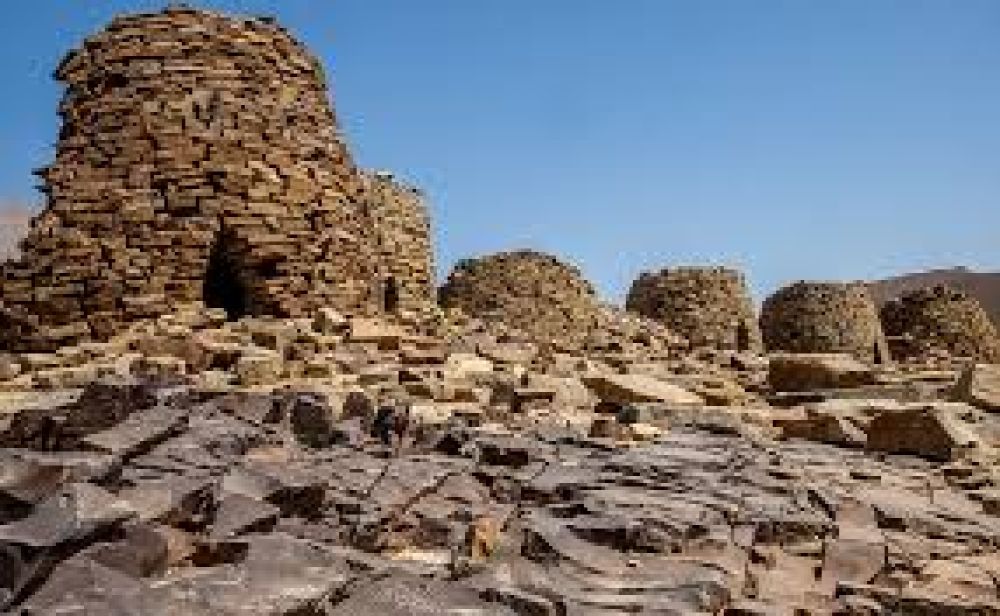

The Bat Archaeological Site, located near the town of Ibri in the Al Dhahirah region of Oman, is one of the most significant and ancient archeological finds in the Arabian Peninsula. It represents the cultural transition between the end of the Neolithic period and the rise of the first Bronze Age civilizations in the region. Discovered in the 1970s, Bat and its surrounding areas have garnered international attention for their well-preserved tombs and settlement remains.
The site is home to a group of necropolises dating from the 3rd millennium BCE. These necropolises feature well-preserved stone tombs known as "beehive" tombs because of their distinctive circular shape and conical roofing. What makes Bat exceptional is its size and the sophistication of its tombs, which provide insights into the engineering and social organization of that era.
The structures at Bat, together with the nearby sites of Al-Khutm and Al-Ayn, form what's known as the Bat, Al-Khutm, and Al-Ayn UNESCO World Heritage site, recognized in 1988. This acknowledgment attests to the site's universal value and Oman's commitment to preserving its historical legacy.
Tourism to Bat has steadily grown since its inscription on the UNESCO World Heritage list. The Omani government, recognizing the site's potential to attract international visitors interested in history and archaeology, has taken steps to develop the surrounding infrastructure and promote sustainable tourism to the region.
Visitors to the site will find that Bat offers a raw and authentic glimpse into the prehistoric past. Limited modern development ensures that the area retains its historical ambiance, though amenities for tourists have been developed carefully to balance preservation with accessibility. Guides are available to provide historical context and lead visitors among the ruins and tombs.
In recent years, there has been an increased promotion of experiential and educational tourism, which has influenced the trends in Bat. Tourists are looking for immersive experiences that allow them to learn about the history and culture of the sites they visit.
The Omani government has responded by offering training for local guides and investing in visitor centers that offer detailed exhibitions about the region's archaeological significance. These centers employ modern technology, such as interactive displays and virtual reality, to enhance the visitor experience.
Moreover, eco-friendly tourism has come to the forefront, with initiatives to protect the site's integrity while accommodating tourists. The use of green energy sources, limited vehicle access, and strict preservation guidelines demonstrate Oman's efforts to maintain the site for future generations.
The Bat Archaeological Site provides an invaluable window into ancient civilizations of the Arabian Peninsula. Its significance is matched by the increasing interest it draws as both a research location and a point of interest for tourists from around the world. The trends in tourism show a move towards deeper engagement, education, and conservation, ensuring that this timeless site will continue to be a destination of choice for those keen on exploring the ancient mysteries of Oman.